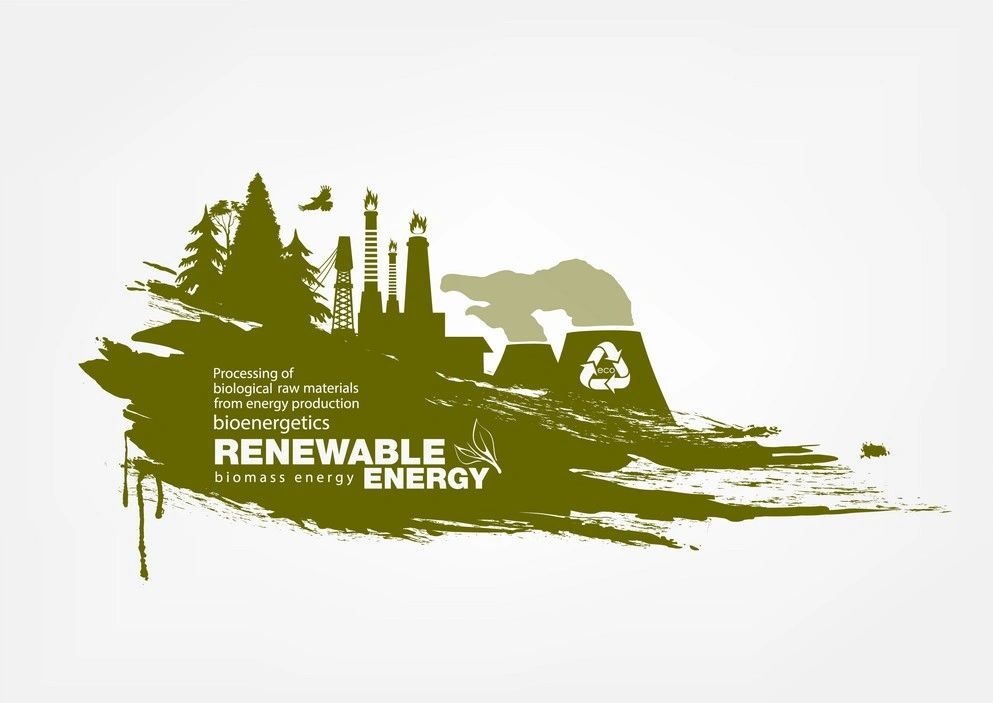
Biomass Fuel
PADDY RESIDUE BURNING: CHALLENGES AND POTENTIAL SOLUTIONS
CHALLENGES:
■ Its mismanagement in the states all over India, specially in West Bengal, Punjab and Haryana has led to annual winter smog and health problems in Delhi and other places in India.
■ Punjab and Haryana also others states today burn amongst the highest volumes of crop residue in the country - close to 20 million tones and 10 million tones respectively.
■ However, this universal practice, which adversely affects environmental damage, Low visibility, soil and health too.
■ The main approach to reducing paddy residue burning has been to seek alternatives for residue utilization and management both on and off the field.
■ Residue burning have been viewed mainly as a challenge of residue management of Wheat Straw/ Rice Straw/ Miscanthus/ Sugarcane bagasse & leaves/ Corn cob/ Corn stalks & Stover/ Bamboo/ Resinous wood/ Soft wood.
■ Peer group local input dealers, and the fellow farmers who often lacked consciousness regarding various alternative residue management techniques because these techniques are not commonly practiced in the community.
■ Due to not practicing them for one or more reasons associated with these techniques like paddy straw and others residue management, as mulching materials incurs extra cost.
■The various problems faced by the farmers regarding residue management were studied under different heads such as technical problems, management problems, and financial.
POTENTIAL SOLUTIONS:
To utilize the biomass into fuel and chemicals
- Biofuels: Convert biomass into bioethanol, biodiesel, and advanced biofuels from sources like crops and waste.
- Biogas: Use anaerobic digestion for methane-rich biogas production from organic waste.
- Pyrolysis/Gasification: Transform biomass into bio-oil, syngas, and biochar for fuel and chemicals.
- Biorefineries: Integrate processes to generate biofuels, biochemicals, and biomaterials together.
- Catalytic Conversion: Employ catalysts for efficient biomass-to-fuel and chemical conversion.
- Algae Solutions: Cultivate algae for biodiesel, biogas, and other products with minimal land use.
- Waste-to-Chemicals: Convert biomass and waste into valuable chemicals.
- Government Support: Provide incentives and policies encouraging sustainable biomass utilization.
- Research: Innovate in technology, catalysts, and processes for better efficiency.
- Sustainability: Ensure lower environmental impact compared to fossil fuels through lifecycle analysis.
Options for a way forward:
■ There is an urgent need of modernizing the methods by new innovations and popularizing the new innovations and new alternative techniques of paddy straw management such as use for ethanol production, bio char production, and use as raw material for power generation as well as paper mill industry.
■ It is also necessary to develop and strengthen farmers’ organizations at village, district and state level to promote location specific management of residue management and build the capacity of the farmers regarding various uses of residue management among the farmers through various extension strategies such as demonstration, field days and exposure visits.
■ Reducing paddy residue burning will necessitate an integrated approach that addresses biomass management and agriculture policy.
■ On the residue management front, the options currently being explored include provision of subsidies and compensation for not burning, improved supply and leasing of agriculture implements (for harvest, mulching and wheat sowing); technology improvement and demonstration programmes and promotion of residue utilisationfor energy generation.
■ Although these are worthwhile options, there are several knowledge gaps that impede the development of an efficient residue management strategy. These would need to be addressed.
Rohal Technologies® Pvt Ltd
Copyright © 2025 Rohal Technologies ® Private Limited - All Rights Reserved.
This website uses cookies.
We use cookies to analyze website traffic and optimize your website experience. Your data will be aggregated with all other user data for marketing purposes for best user experience.
